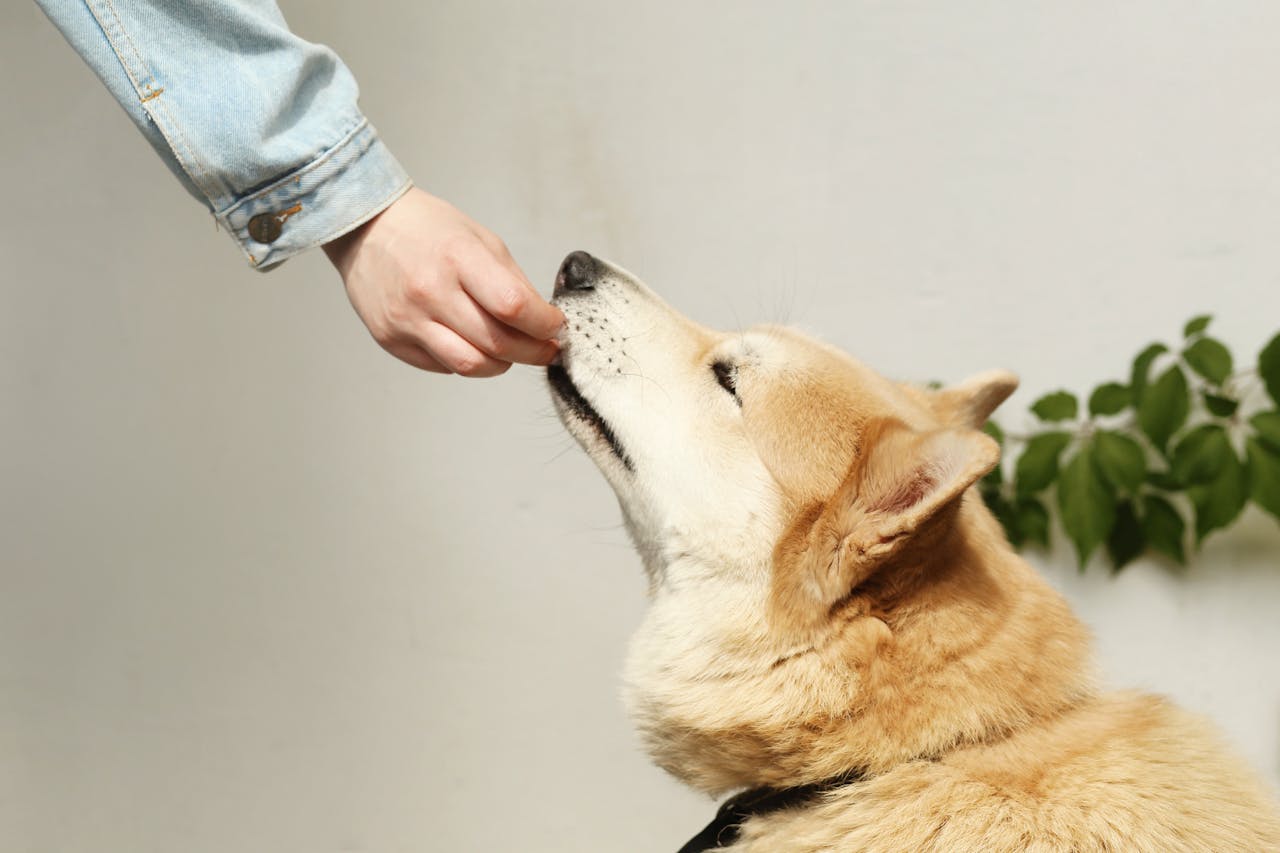
19 Feb Making Medication Marvelous: 5 Effective Ways to Get Dogs and Cats to Take Their Medication
Administering medication to pets can often feel like an uphill battle. Whether it’s a stubborn cat or a finicky dog, convincing them to swallow a pill or accept a dose of liquid medication can be a daunting task for pet owners. However, with patience, creativity, and a few tricks up your sleeve, you can make the process smoother for both you and your furry friend. Below, we list five effective ways to get dogs and cats to take their medication. Click here for more medication administration tips from our veterinary cardiology experts.
How to Get Your Pet to Take Their Medication
1. Hide it in Treats
One of the simplest and most commonly used methods is hiding the medication in treats. For dogs, this could be as easy as wrapping the pill in a piece of cheese or peanut butter. Similarly, for cats, try mixing the medication with a small amount of wet food or tuna juice. Make sure to use a treat that your pet loves to increase the likelihood of them swallowing the medication without hesitation.
2. Use Pill Pockets
Pill pockets are specially designed treats with a built-in pouch where you can insert the medication. These treats come in various flavors that appeal to both dogs and cats. Simply place the pill inside the pocket, mold it closed, and give it to your pet as you would any other treat. The disguise of the pill within a tasty treat often makes it easier for pets to consume without suspicion.
3. Crush or Liquid Form
If your pet is particularly difficult to pill, talk to your veterinarian about the possibility of getting the medication in a crushed or liquid form. Many medications can be compounded into a liquid or powder that can be mixed with food or water. This method can be especially helpful for cats who may be adept at detecting pills hidden in their food.
4. Positive Reinforcement
Positive reinforcement can go a long way in encouraging your pet to take their medication willingly. Pairing the act of taking medication with praise, affection, or a favorite activity can create a positive association in your pet’s mind. For example, immediately after giving your pet their medication, offer them a treat or engage in playtime. Over time, they may come to associate taking medication with enjoyable experiences, making the process easier for both of you.
5. Practice Patience and Persistence
Above all, be patient and persistent. Some pets may resist medication initially, but with consistent effort and gentle encouragement, they can learn to accept it. It may take time to find the method that works best for your pet, so don’t be discouraged if the first few attempts are unsuccessful. Keep trying different techniques and remain calm and reassuring throughout the process.
Consult with a Board-Certified Veterinary Cardiologist in Nevada
Administering medication to pets doesn’t have to be a stressful experience. By employing strategies such as hiding medication in treats, using pill pockets, exploring alternative forms of medication, incorporating positive reinforcement, and practicing patience and persistence, you can make the process smoother and more manageable for both you and your furry companion. Always consult with your veterinarian for guidance and support in ensuring your pet receives the necessary medication in a safe and effective manner. Contact us today to consult with a Board-Certified Veterinary Cardiologist.
Images used under creative commons license – commercial use (2/19/2024). Photo by Maksim Goncharenok on Pexels



